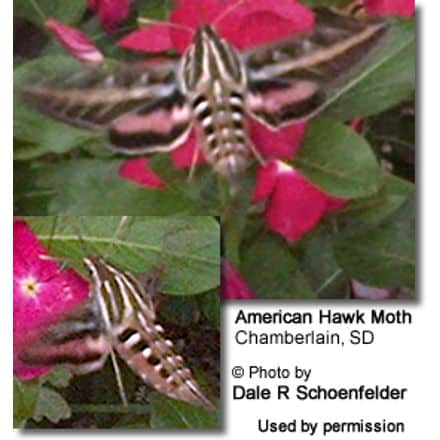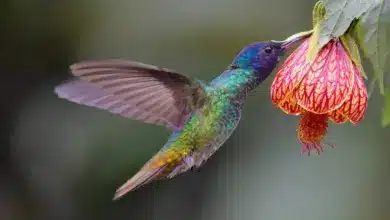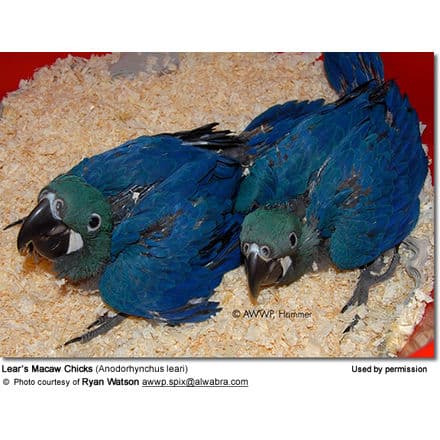Hummingbirds found in Virginia, USA
Hummingbirds found in the USA (by U.S. State) … Canada … Mexico … Puerto Rico … Jamaica … Honduras
Ruby-throated Hummingbirds (Archilochus colubris) – Native Breeder
The most commonly seen hummingbird in Virginia. Males usually arrive in mid-April, and the females usually follow in May. They usually leave the state in September to return to their wintering ranges. Most (if not all) hummers are gone by October.
Migrating males are usually the first to arrive and the first to depart. The females and the young usually follow about two weeks later.
The male has a ruby-red throat, a white collar, an emerald green back and a forked tail.
The female has a green back and tail feathers that are banded white, black and grey-green.
Several WHITE Hummingbird (Leucistic / Albino) were sighted in this State. They are believed to be Ruby-throateds.
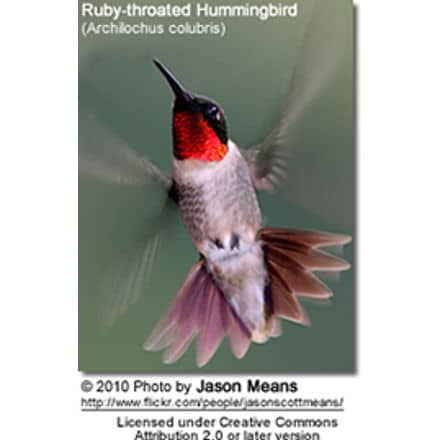
Rufous Hummingbirds (Selasphorus rufus) – Regular visitor
The Ruby-throated Hummingbird and the Rufous hummingbirds look very similar, but there are some ways to identify them …
Female Ruby-throated resemble the Rufous females. However, the female Rufous can be identified by the green feathers that cover her back and crown (top of the head).
Males also look alike, but they can be identified by their different throat colors (ruby-red in the Ruby-throated and orange-red in the Rufous. The male Ruby-throated also has a slightly forked tail (not pointed as it is the case in the Rufous). The Ruby-throated is a little smaller than the Rufous.
The Rufous hummingbirds are usually found in gardens and at hummingbird feeders. These birds are fearless, and are known for chasing away other hummingbirds and even larger birds, or rodents away from their favorite nectar feeders and flowers.
Magnificent or Refulgent Hummingbirds (Eugenes fulgens) – Rare visitor
They are nearly twice as large as any other hummingbird species found in this State, and can often be identified by their size alone.
The male has a metallic green throat and a black chest. His forehead and crown are purple and the back is dark green.
The female plumage is less bright. Her chest is solid grey. Her back and crown are olive green. Her tail feathers are pearl-grey tipped.
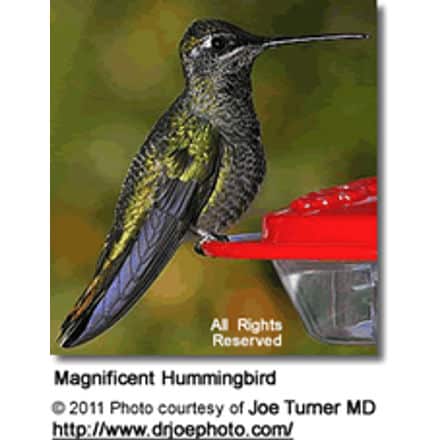
Black-chinned Hummingbird (Archilochus alexandri) – Rare Visitor
The male has a black, shimmering throat with a purple edge and pale feathers below that create a collar. However, unless the light is just right, the head looks all black. His back is green and there are some green feathers covering the chest.
The female is pale below (sometimes with a slightly speckled throat) and her back is green.
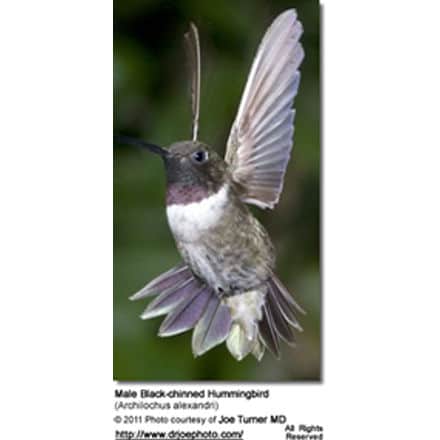
Allen’s Hummingbird (Selasphorus sasin) – Rare visitors – Historically, these birds nested in coastal California and wintered in Mexico; but more and more of them are remaining in California year-round or are traveling to the eastern United States for the winter. The Allen’s Hummingbird is often confused with the Rufous Hummingbird, but the Allen’s can be identified by the green back whereas the Rufous Hummingbird has a coppery back.
The male has a throat that ranges in color from orange-red to yellow-orange, a back that is bright green, a rump that is rufous and its tail feathers are rufous tipped in black.

(Colibri thalassinus) – Unconfirmed
They are mostly resident in Mexico and Central America, but some seasonal movements have been observed. They may wander north to the United States and even as far north as Canada.
Plumage above is grass green turning into a bronze towards the rump and upper tail. On the upper chest is a wide violet central spot; and a violet-blue band along the chin often connects to the violet-blue “ear.
The tail is square and slightly notched. There is a wide dark blue band at the end of the tail.
Males and females look alike; except females are usually smaller and duller plumaged.
Violet-crowned Hummingbirds (Amazilia violiceps ssp. ellioti) – Extremely rare vagrants – Occur primarily in Mexico and southwestern to south central United States. In recent years records exist of them as far east as Virginia (United States eastern coast).
ID: This hummingbird is most easily identified by its white under plumage and iridescent bluish-violet crown (from where it gets its name). The back is emerald green. The tail is dark brown / olive green. The straight and very slender bill is reddish / orangey with a black tip.
Females and immature birds look similar to the males, but their plumage is generally less colorful than that of the male and they have a lighter and greener crown.
Is it a Hummingbird or an Insect?
The Hawk Moths (often referred to as “Hummingbird Moth”) is easily confused with hummingbirds, as they have similar feeding and swift flight patterns. These moths also hover in midair while they feed on nectar. Moths have a couple of sensors or “antennas” on top of the head, which are key identifiers.
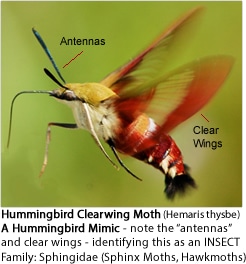
Hummingbird Resources
- Hummingbird Information
- Hummingbird Amazing Facts
- Attracting Hummingbirds to Your Garden
- Hummingbird Species
- Feeding Hummingbirds

